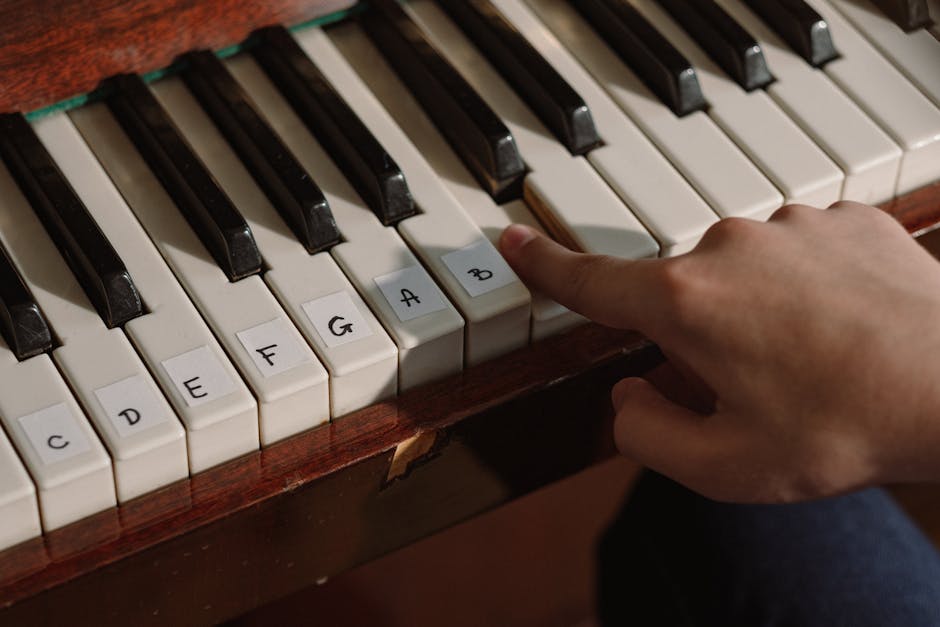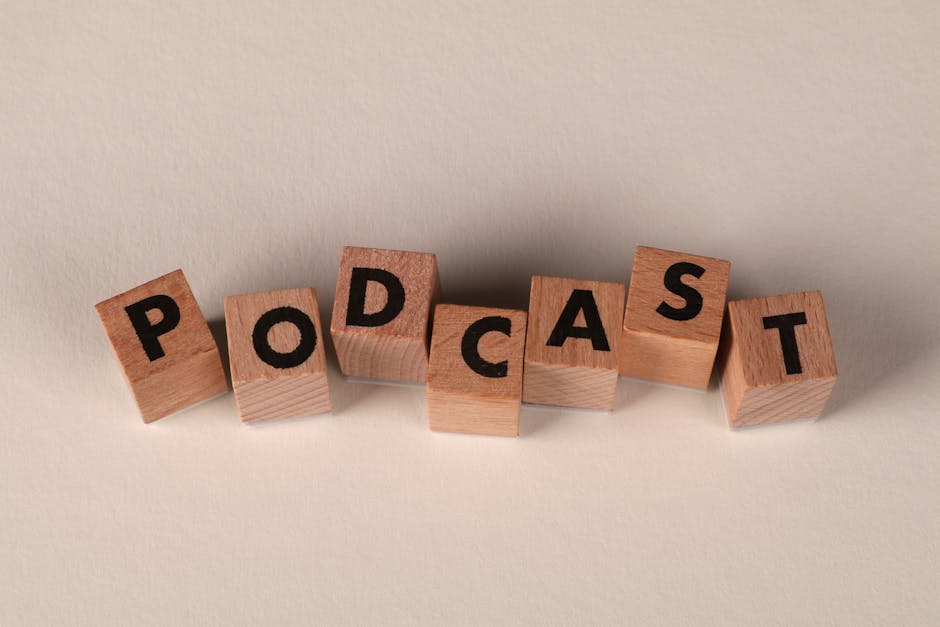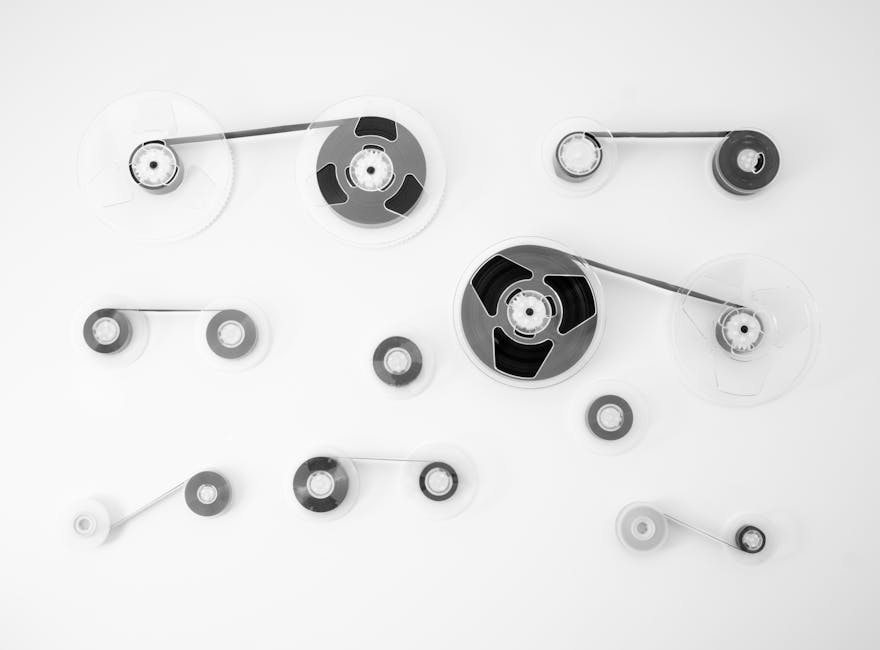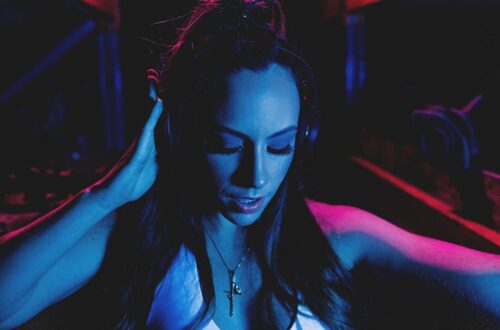Sound and score highlights are the unsung heroes of film and television, shaping the very fabric of scene flow and storytelling. From the opening note of a theme to the subtle rustle that cues a character’s entrance, the interplay of audio and narrative creates an immersive experience that resonates with audiences long after the credits roll. In this article, we’ll dive deep into the mechanics of sound and score highlights, revealing how these elements are meticulously crafted to guide emotions, enhance transitions, and define the flow of every memorable scene.
The Foundations of Scene Flow: Why Sound Matters

Photo by Zukiman Mohamad on Pexels
Scene flow is the invisible current that pulls viewers through a story, connecting moments and emotions with seamless precision. At its core, scene flow is about rhythm—how scenes transition, how tension rises and falls, and how the audience’s attention is directed from one beat to the next. While visuals often take center stage, it’s the sound and score highlights that provide the underlying pulse. The right musical cue can signal an impending twist, while a perfectly timed silence can speak volumes about a character’s inner turmoil. By mastering the art of sound, filmmakers ensure that each scene not only stands on its own but also contributes to the larger tapestry of the narrative.
Techniques for Crafting Seamless Scene Flow with Sound

Photo by cottonbro studio on Pexels
Creating a cohesive story requires more than just great visuals; it demands a thoughtful approach to audio. Key techniques include:
- Establishing Motifs: Recurring musical themes or sound effects can anchor the audience, providing familiarity and emotional cues as the story unfolds.
- Dynamic Transitions: Using sound bridges, crossfades, and ambient noise to blend scenes together, ensuring that shifts in time, place, or mood feel natural rather than jarring.
- Spatial Audio: Leveraging stereo and surround sound to place viewers within the scene, guiding their attention and heightening immersion.
- Temporal Shifts: Employing changes in tempo or instrumentation to signal flashbacks, dream sequences, or shifts in perspective.
- Silence as a Tool: Strategic use of silence can be just as powerful as music, drawing focus to key moments or creating tension before a dramatic reveal.
These techniques, when used skillfully, allow filmmakers to control the emotional ebb and flow of their stories, ensuring that each scene transitions smoothly and maintains audience engagement.
Legendary Examples: Sound and Score Highlights in Iconic Films

Photo by Styles Thien on Pexels
Throughout film history, certain soundtracks and audio moments have become legendary for their impact on scene flow. Consider the haunting two-note motif in “Jaws,” which builds suspense and primes audiences for the shark’s arrival. Or the sweeping orchestration in “Star Wars,” where John Williams’ score signals shifts in tone, location, and character development. In “Inception,” Hans Zimmer’s use of time-stretched brass not only underscores the dreamlike narrative but also manipulates the audience’s perception of time itself. These examples showcase how sound and score highlights are more than background—they are active participants in storytelling, shaping the rhythm and flow of every scene.
Behind the Scenes: Collaboration Between Directors, Composers, and Sound Designers

The magic of scene flow doesn’t happen in isolation. It’s the result of close collaboration between directors, composers, and sound designers. Directors set the vision and emotional tone, while composers craft the musical language that brings it to life. Sound designers layer in effects, ambience, and Foley to create a fully realized world. This collaborative process often involves experimentation—testing different cues, adjusting timing, and refining transitions until the audio and visuals are in perfect harmony. By working together, these creatives ensure that sound and score highlights not only support but elevate the narrative, guiding viewers through every twist and turn.
The Science of Sound: How Audio Influences Audience Perception

Sound is more than an artistic choice; it’s a psychological tool that shapes how audiences perceive and remember stories. Studies show that music can trigger emotional responses, enhance memory retention, and even influence physiological reactions like heart rate and goosebumps. In film and TV, sound and score highlights are used to manipulate pacing, build anticipation, and signal narrative shifts. For example, a sudden drop in music can create a sense of unease, while a soaring crescendo can evoke triumph or relief. By understanding the science behind sound, filmmakers can craft experiences that resonate on a deeper, almost subconscious level.
Modern Innovations: Technology’s Role in Sound and Score Highlights

Photo by Andrey Matveev on Pexels
Advancements in technology have revolutionized how sound and score highlights are created and integrated into scene flow. Digital audio workstations, virtual instruments, and AI-driven composition tools allow for greater experimentation and precision. Surround sound and immersive audio formats like Dolby Atmos place viewers at the center of the action, making transitions and spatial cues even more impactful. These innovations enable filmmakers to push the boundaries of storytelling, creating richer, more dynamic audio landscapes that enhance scene flow and audience engagement.
Crafting Your Own Scene Flow: Tips for Aspiring Filmmakers

Photo by Tima Miroshnichenko on Pexels
For those looking to master the art of sound and score highlights, start by studying the classics—analyze how your favorite films use audio to guide emotion and narrative. Experiment with different techniques, from layering ambient sounds to composing original motifs. Collaborate with composers and sound designers early in the production process to ensure that audio is woven seamlessly into the fabric of your story. Remember, every choice you make—whether it’s a thunderous score or a moment of silence—contributes to the overall scene flow and the impact of your film or TV show.
The Enduring Power of Sound and Score Highlights

Photo by Impact Dog Crates on Pexels
Sound and score highlights are the heartbeat of scene flow in film and TV. They transform simple visuals into unforgettable moments, guiding audiences through stories with emotion, nuance, and precision. As technology evolves and storytelling techniques advance, the importance of mastering sound and score will only grow. By understanding and embracing these elements, filmmakers can create narratives that not only entertain but also linger in the minds and hearts of viewers for years to come.
Sources
- https://library.fiveable.me/screenwriting-i/unit-7/transitions-scene-flow/study-guide/X7pHV2t2fPOgzzcU
- https://www.youtube.com/watch?v=4vpqa2oYuMY
- https://nichperezcsc.com/scene-sequence-analysis





